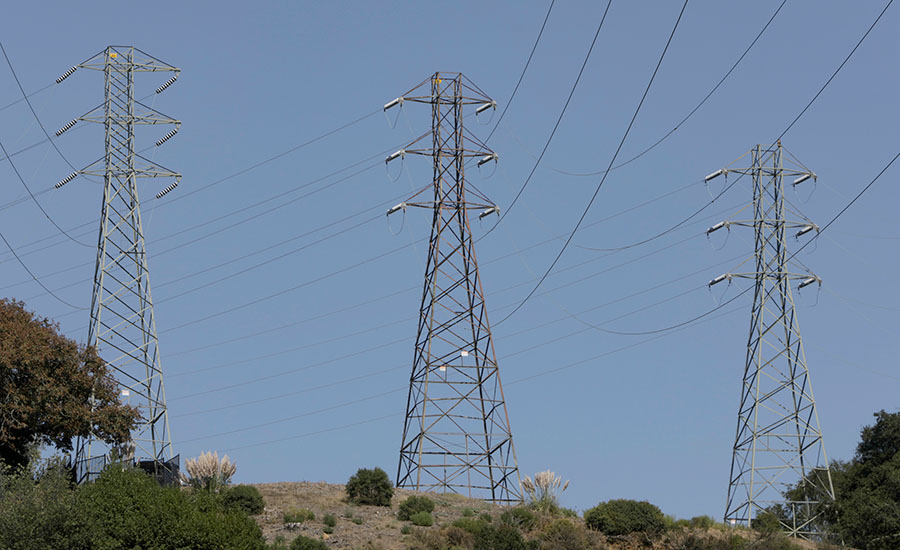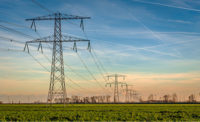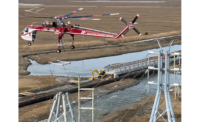California's electric grid operator recently approved a new transmission plan that includes $7.3 billion in projects over the next decade—a critical investment to meet growing demand on the grid due to the state's clean energy initiatives, it said.
The California Independent System Operator (CAISO) board of governors approved the 2022-23 Transmission Plan on May 18. It includes a total of 45 new power transmission projects to connect more than 40 GW of necessary new generation resources, with the majority of lines being built in California and some in Arizona.
The plan enables the state to add more than 17 GW of solar resources, 8 GW of wind generation (including 4.5 GW from Idaho, Wyoming, and New Mexico) and 1 GW of geothermal development and battery storage projects, according to the grid operator. The agency stated that the plan will “better synchronize power and transmission planning, interconnection queuing, and resource procurement.”
The transmission plan for next year is anticipated to identify need for adding 70 GW by 2033, eventually growing to 120 GW, to align with the state's goal of a carbon-free power system by 2045.
“This 2022-23 transmission plan represents the next major installment of infrastructure investment required to meet California's long-term clean energy goals,” said Elliot Mainzer, CAISO president and CEO. “In close coordination with regulatory agencies, load-serving entities, and other key stakeholders, we endeavored to address the state's reliability and policy needs in the most cost-effective and efficient way possible.”
Among the 45 transmission projects, three of the largest will be open to competitive bidding from independent developers.
Two of these—the Imperial Valley–North of SONGS 500 kV Line and Substation and North of SONGS–Serrano 500 kV Line—are necessary to increase transmission capacity in the Los Angeles Basin by establishing a 500 kV source at the existing Del Amo 230 kV substation, and in the San Diego and LA Basin local capacity areas by establishing a new 500 kV source north of San Diego.
The third, the North Gila–Imperial Valley 500 kV line, is required to access a major geothermal power project.
Southern California Edison, Pacific Gas & Electric and San Diego Gas & Electric will construct most of the remaining projects, with the utility companies’ customers bearing the cost. Estimated costs for specific transmission projects range from $4 million to $2.3 billion, for a total infrastructure investment of about $7.3 billion.
CAISO plans to connect power plants to the grid in specific geographical zones identified by its plan, where the development of new power lines and plants would make “the most economic and operational sense.” The grid operator will prioritize interconnection requests in areas with high solar and wind resources, and those coming from standalone storage projects located closer to major load centers in the LA Basin, greater Bay Area and San Diego, it said.
The CAISO Board of Governors also approved reforms aimed at enhancing reliability of the state grid. These are designed to handle “increasing levels of net load forecast uncertainty between day-ahead and real-time markets … as the generation fleet evolves towards a cleaner, but more variable, resource mix," it said.
Infrastructure investments include a number of upgrades designed to provide access to east Riverside County, Imperial County and Arizona solar generation, Imperial Valley geothermal and New Mexico wind generation.
One project not included was a new 500-kV transmission line from southeastern Nevada to the eastern edge of the LA Basin and rebuild of an existing southeastern Nevada 230 kV transmission inside the ISO to 500 kV.
In response to stakeholder input and comments, the CAISO is evaluating a new alternative—the conversion of the existing Mead-Adelanto 500-kV transmission line to direct current operation from alternating current—before making a final recommendation.




Post a comment to this article
Report Abusive Comment